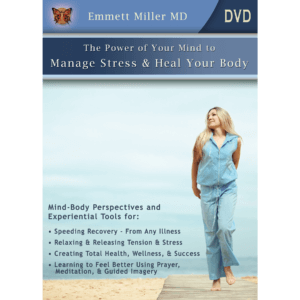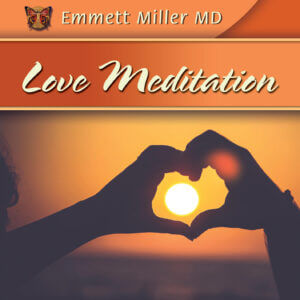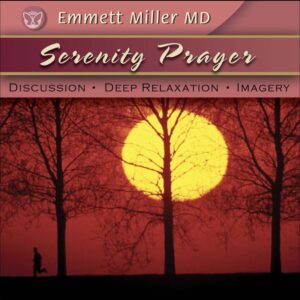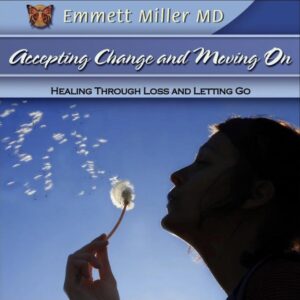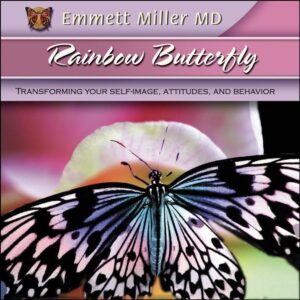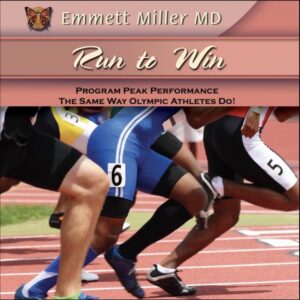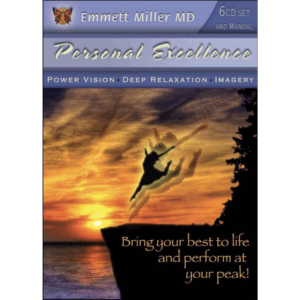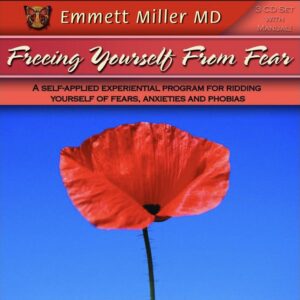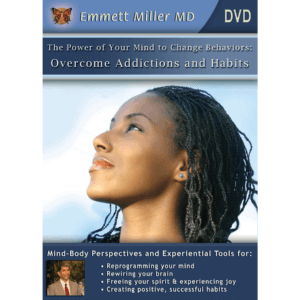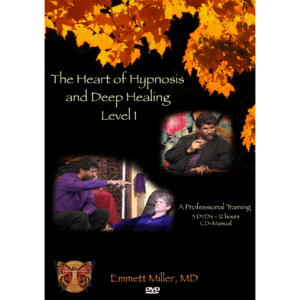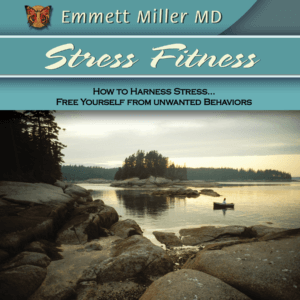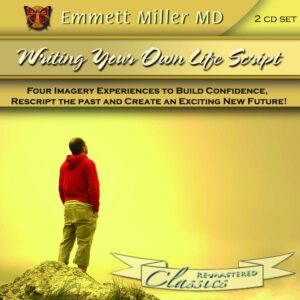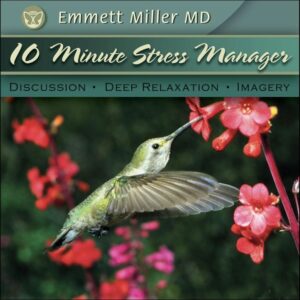What Are Mind-Tools?
Patient Heal Thyself
What Are Mind-Tools? (main page)
Have you ever felt like our medical system is missing something? Ever sensed that, to your doctor, you were just another appointment, another box to be ticked, another insurance payout–and that your personal wishes or healing capacity were the least important considerations in the exam room?
I witnessed the sad truth as a medical student: many in the medical profession had neither the time nor the desire to really listen to their patients, and to offer them personalized, compassionate healing plans. I also came to discover that in creating an empathic relationship with my patients, my own desire for them to become healthy and happy could significantly boost their healing, well-being, and positive outlook.
My dreams of treating not just the symptoms, but the source of patients’ illnesses were realized when I conceived and developed the concept of Mind-Tools. These are self-applied mental/emotional techniques that melt away anxiety and rescript the unconscious mind to produce healing and transformation.
Many years have passed since then, and the processes and concepts presented and used in Mind-Tools have become so widely used and applied, even within the medical profession, that it may be hard to appreciate the impact of my discovery in 1960s and 1970s. At that time such tools, and the whole idea of Neuroplasticity—the idea that by guiding our thoughts, we can change the actual wiring of our brains to create behavioral and physical healing—were virtually unheard of. I came to suspect that my ability to see these possibilities was the result of my computer programming training and studies. My experience with computers—rare for a physician at the time—gave me the unique ability to understand that the human mind functions, in specific ways, much like a digital processor.
In our conscious mind, we know that we need to change some of our behavior patterns for the better: we need to stop smoking, eat less, kick drug habits, exercise more, manage our anger, lessen our anxiety, and so on. However, successfully making such changes can often seem almost impossible. This is because the subconscious part of our brain, which has learned and over the centuries “perfected” these behaviors because they saved us in life-or-death encounters, resists our feeble attempts to change. This protective behavior makes it inaccessible to the conscious mind, even though wisdom shows the higher levels of mind that soothing the subconscious and making a change is a wise thing to do. It became obvious to me that what we need is a way to “reprogram” the subconscious.
By the 1970s, I had found and researched several novel-to-the- mainstream approaches that could open the door to the deeper levels of . They included meditation, prayer, autogenic training, hypnosis and self-hypnosis. Their use had been shown to create mental, emotional, behavioral, and even cellular change—that is, healing. Each of these techniques involve the use of:
- Focused awareness
- Relaxation
- Clearing of the conscious mind
- Presenting new behavioral responses (algorithms) to the subconscious in the form of mental imagery
Using my medical practice as a proving ground, I isolated and combined the most effective features of each approach to create what I call Mind-Tools. Around this time, as fortune would have it, audiocassettes came on the market. Now I could design and record unique hypnotic inductions and mental imagery for each patient during their appointment. Using a Walkman cassette player, a patient could carry my voice and access to healing and rescripting around with them wherever they went, and access this “self-treatment” whenever they needed. I witnessed a massive jump in therapeutic effectiveness when patients used the recordings, especially when I set the words to soothing background music.
Eager to spread the word of this incredible mind-body tool, I made cassettes available to forward-thinking physicians, psychologists, and educators all over the country. The recordings focused on relieving patient stress and the illnesses it causes, changing behavior patterns, and awakening wisdom and spiritual awareness. Feedback from professionals indicated that their results were similar to mine, and so I decided to package the tapes and offer them directly to users nationwide. I marketed them as “Software for the Mind” (a reference that was lost on most people at the time).
Through the years I have created many more programs, each dealing with a specific illness, disorder, or goal, and now provide them CDs, DVDs, and instant online MP3 downloads. You can read more about Mind-Tools, how they work, and how they can help you achieve your healing and life goals.
My original dream is now a reality: effective, affordable self-help and self-healing tools available to everyone.
Best Selling Mind-Tools
-
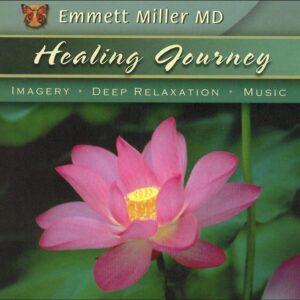
Healing Journey (CD or Download)
$14.98 – $24.98 -
Sale!

-
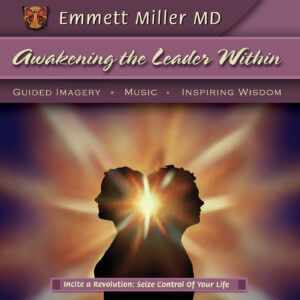
-

Easing Into Sleep (CD or Download)
$14.98 – $24.98 -

Abolish Anxiety (Download)
$17.98 -

Successful Surgery and Recovery (CDs or Download)
$14.98 – $24.98 -

Goodbye Insomnia – Deep Sleep Through Hypnosis (CD or Download)
$14.98 – $24.98 -
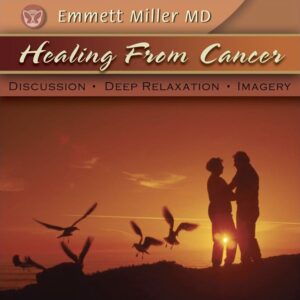
Healing From Cancer (CD or Download)
$14.98 – $24.98 -

Donate: Support Dr. Miller’s Healing Outreach
$0.05 – $1,000.00 -
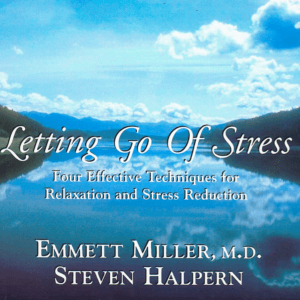
Letting Go Of Stress (CD or Download)
$14.98 – $24.98 -
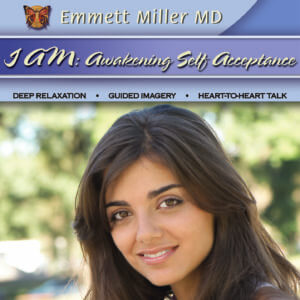
I Am: Awakening Self-Acceptance (CD or Download)
$14.98 – $24.98 -
